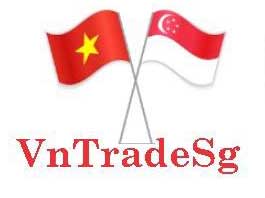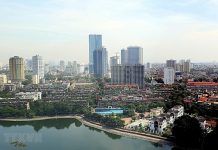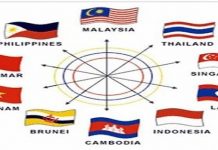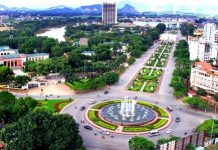Liquefied natural gas (LNG) power has been considered a major part of Vietnam’s solutions for reducing carbon emission, but the country is facing several hurdles in using it.
LNG emits half the amount of carbon compared to coal in electricity production, therefore several experts recommended that Vietnam focuses on it alongside renewable sources to achieve net zero carbon emissions by 2050, as Prime Minister Pham Minh Chinh committed at the COP26 late last year.
Vietnam’s Power Development Master Plan 8 targets converting 18 gigawatts (GW) of coal-fired power into 14 GW generated from LNG and 12-15 GW from renewable sources.
But for this, the country will have to import all of the LNG for generation – around 14-18 billion cubic meters in 2030 – at a time prices have it record highs following the Russia-Ukraine crisis.
LNG prices have tripled in a year, according to the Institute for Energy Economics and Financial Analysis.
In Europe, S&P Global Commodity Insights assessed LNG prices on a delivered ex-ship (DES) basis into north-west Europe (NWE) at $38.233/mmBtu on July 21.
The competition between Europe and Asia at a time when global LNG supply is tight has recently pushed Asian LNG prices to a four-month high and close to record level seen in December at $44.35/mmBtu, according to Reuters.
Nguyen Ngoc Hung, head of Energy Economics at the Vietnam Institute for Energy, cited international sources as saying prices would peak in 2023 before settling down.
“LNG power plants will start operating in 2026-2030. Prices will be stable, and fall in the long term due to lower demand,” he said.
The average LNG price for September delivery into north-east Asia was estimated at $38 per million British thermal units (mmBtu), down $2.5 or 6.2 percent, from the previous week, industry sources said.
The Ministry of Industry and Trade has said the price rise would be manageable, with a 10-percent price hike only causing a 1.1-1.5 percent cost overrun.
Determining prices to reach a power purchase agreement (PPA) is one of the key steps in developing a LNG power plant, but the unpredictability of prices is muddling the process.
Half of the LNG projects under consideration in Vietnam are being delayed by unfinished PPAs.
Responding to this situation, the Ministry of Industry and Trade said a few requests by LNG power developers are not in alignment with current regulations.
It cited as an example the Bac Lieu gas plant, invested in by Singapore’s Delta Offshore Energy, which wants the state-owned utility Vietnam Electricity (EVN) to buy all the energy generated, apart from other incentives.
Several LNG project developers have also said they are finding it difficult to mobilize capital with lenders focused on minimizing risks.
Investors of the Hai Lang LNG power plant said the credit crunch was happening because projects implemented by independent power producers can only sell a limited output to EVN, making them less appealing in terms of profitability.
Vietnam, a manufacturing powerhouse that currently generates most of its electricity from coal, is drafting a new national power development plan that includes 22 LNG-fired power plants. These will have a huge combined potential capacity of up to 108.5 gigawatts.
VNexpress















